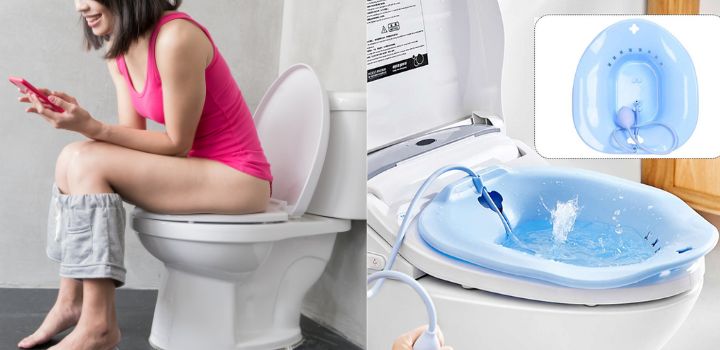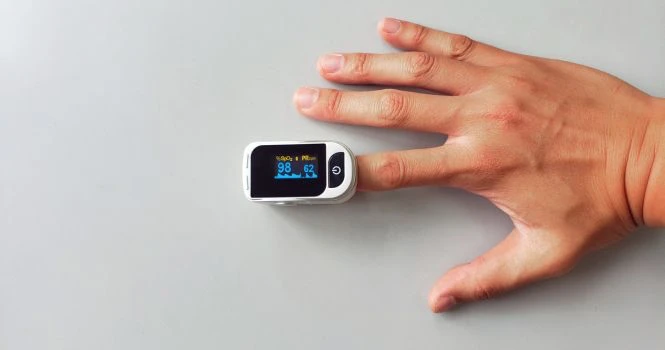Home Remedies For Pains While Passing Stools
Pain while passing stools can be distressing and uncomfortable and makes many patients avoid going to the toilets, and holding the stools inside the body for longer duration, aggravates the condition, leading to constipation.
While it is important to get to the root cause of pain when passing stools, which can be done by consulting your surgeon or proctologist. Here is the probable list of causes of pain while defecating
- Constipation
- Hemorrhoids
- Anal fissures
- Proctitis
- Irritable bowel syndrome (IBS)
- Inflammatory bowel disease (IBD)
- Rectal prolapse
- Anal abscess
- Anal fistula
- Colon cancer
- Diverticulitis
- Prostatitis (in men)
- Endometriosis (in women)
- Gastroenteritis
- Fecal impaction
Home Remedies for pain while passing stools
1. Warm Sitz Baths
Fill a bathtub with a few inches of warm water and sit in it for 15-20 minutes, several times a day. This can help relax the anal muscles, reduce swelling, and relieve discomfort.

A sitz bath is a therapeutic treatment method that involves immersing the perineal area and lower pelvic region in warm water. It is an effective, non-invasive, and soothing technique used for alleviating pain, itching, and discomfort associated with various conditions, such as hemorrhoids, postpartum recovery, and anal fissures.
Sitz baths are designed to promote relaxation, improve blood circulation, and support the healing process in the affected areas. The procedure is typically performed using a specialized shallow basin, called a sitz bath tub, which can be easily placed over a standard toilet seat, making it a convenient option for home use.
2. Over-the-counter Pain Relievers
Non-prescription pain relievers such as ibuprofen or acetaminophen can help alleviate pain and inflammation. Follow the recommended dosage on the package and consult your healthcare provider if you’re unsure.
3. Increase Fiber Intake
Consuming more high-fiber foods like fruits, vegetables, whole grains, and legumes can help soften stools and make them easier to pass. This reduces strain and discomfort during bowel movements.
4. Stay Hydrated
Drinking plenty of water throughout the day helps prevent constipation and keeps stools soft. Aim for at least 8 cups of water daily, or more if you’re physically active or live in a hot climate.
Generally recommended water intake for
- Adult men consume 3.7 liters per day (13 cups per day), depending on body weight and climatic factors.
- Women should strive for 2.7 liters (9 cups of water per day).
This total water intake includes not only beverages, like water, tea, and coffee, but also the water content found in food.
5. Use a Stool Softener
Over-the-counter stool softeners can help make bowel movements more comfortable. It is usually taken once a day before bedtime.
The mechanism of action of stool softners
Stool softeners, also known as emollient laxatives, primarily work by increasing the water content in the stool, which makes it softer and easier to pass.
- Active ingredient: Stool softeners typically contain an active ingredient, such as docusate sodium or docusate calcium. These compounds act as surfactants, which help to lower the surface tension between water and fat.
- Water absorption: By lowering the surface tension, stool softeners facilitate the mixing of water and fats, allowing more water to penetrate and mix with the stool. This increased water content in the stool makes it softer and bulkier
- Easier passage: Softer and bulkier stools are generally easier to pass through the intestines, which can help alleviate constipation and reduce the strain associated with bowel movements.
- Gentle action: Unlike other types of laxatives, stool softeners do not directly stimulate the muscles of the intestines to contract. This means that they typically provide a gentle, gradual relief from constipation, often making them a preferred choice for individuals recovering from surgery or childbirth, or those with hemorrhoids or anal fissures.
Follow the directions on the package and consult your healthcare provider if you have any questions.
6. Apply a cold or warm compress
Alternating between cold and warm compresses on the affected area can help reduce pain and swelling. Apply a cold compress for 10-15 minutes, followed by a warm compress for a similar duration.
7. Practice Good Hygiene
Keep the anal area clean and dry, using gentle, unscented soap and water. Pat dry instead of rubbing the area to avoid further irritation. Avoid using scented or harsh toilet paper.
While these home remedies may provide temporary relief, it’s essential to consult a healthcare professional for a proper diagnosis and treatment plan if pain persists or worsens.












